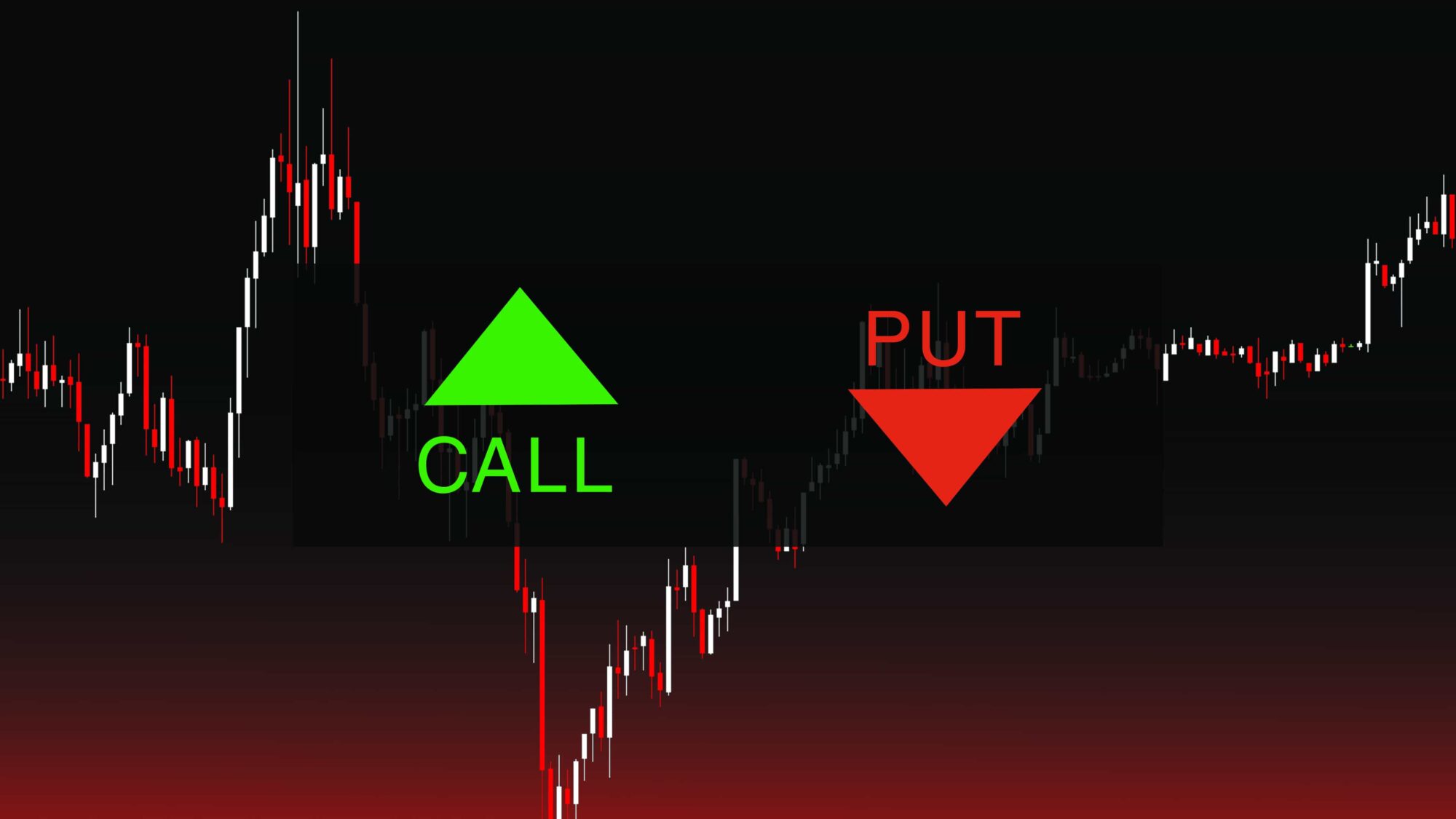Introduction

Image: www.insidewallstreetreport.com
In the ever-evolving financial landscape, options trading has emerged as a powerful tool for investors seeking to enhance their returns and manage risk. The options market in the U.S. provides a vast playing field, offering a diverse array of opportunities for seasoned traders and aspiring investors alike. This comprehensive guide will delve into the intricacies of options trading, empowering you to harness its potential and navigate the market with confidence.
What is Options Trading?
Options contracts are financial derivatives that grant the buyer the right, but not the obligation, to buy (call option) or sell (put option) an underlying asset at a specified price on or before a predetermined date. These contracts provide investors with the flexibility to speculate on price movements or hedge against potential losses.
Understanding the Key Concepts
- Expiration Date: The date on which the option contract expires and can no longer be exercised.
- Strike Price: The predetermined price at which the buyer can purchase or sell the underlying asset.
- Premium: The price paid to the seller of the option contract in exchange for the right to exercise it.
- Option Chain: A compilation of all the available options contracts for a particular underlying asset, sorted by expiration date and strike price.
Types of Options Strategies
Options traders employ a wide range of strategies to maximize their returns and manage risk. Some common strategies include:
- Calls: Buying a call option gives the investor the right to buy the asset at a higher price later on. This strategy benefits from bullish expectations.
- Puts: Buying a put option grants the right to sell an asset at a lower price down the road. This strategy benefits from bearish expectations.
- Iron Condor: A neutral strategy that involves selling options at various strike prices to profit from a stable or volatile market.
Considerations for Options Trading
Before engaging in options trading, it’s crucial to:
- Understand the Risks: Options can amplify gains, but they also amplify losses. Careful consideration of the risks involved is paramount.
- Conduct Thorough Research: Meticulously research the underlying asset, its historical performance, and market sentiment to make informed decisions.
- Seek Professional Advice: If necessary, consult with a financial advisor or broker for guidance on suitable options strategies.
Expert Insights and Actionable Tips
- Start Small: Begin with modest investments to mitigate potential losses until you gain experience.
- Manage Risk: Regularly monitor option positions and adjust strategies as market conditions change. Consider using stop-loss orders to limit downside exposure.
- Stay Informed: Stay abreast of market news, economic events, and company announcements that can influence asset prices and option premiums.
Conclusion
Options trading in the U.S. market offers a compelling opportunity to enhance your financial portfolio and hedge against risk. By embracing the principles outlined in this guide, you can increase your chances of success in this dynamic and ever-changing market. Remember that knowledge is power, and continuous learning is the key to unlocking the full potential of options trading. Embrace the challenges, manage the risks, and unlock the rewards that await you in the thrilling world of options.

Image: www.asktraders.com
Options Trading Us Market

Image: www.options-trading-system.com






